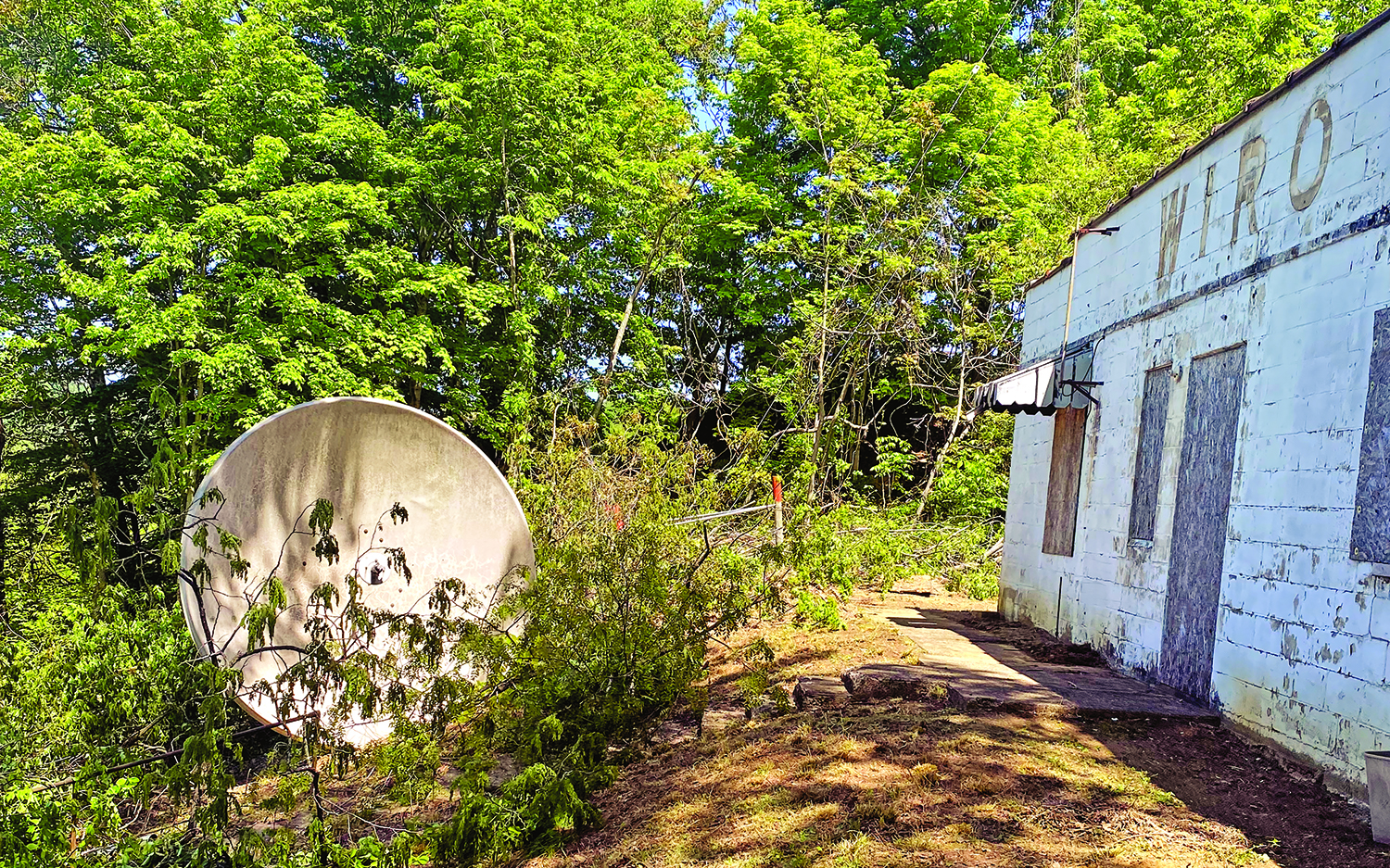What’s really in a name?
Published 10:45 pm Saturday, January 1, 2011
Have you ever wondered how a breed becomes a breed? The American Kennel Club (AKC) is considered the one of the most reputable kennel clubs in the world and has very strict guidelines for a prospective breed to follow before it is recognized.
The AKC does not consider breed variations or a combination of breeds to be an original or rare breed.
A true rare breed must be recognized by an acceptable foreign or domestic registry. Because humans have been selectively breeding dogs to create hundreds of breeds for thousands of years, their numbers rise and fall. Some of the created breeds become popular and have stuck around and some breeds never caught on and have gone away.
Once a breed starts to gain popularity, a group of breeders then start to work together to begin breeding for a specific look and temperament. They then strive to have the breed registered in the AKC’s Foundation Stock Service Program (FSS).
Recording dogs in the FSS is the first official step toward full AKC recognition. Being a part of the FSS program allows breeds that may be in low numbers to continue to develop while providing them an avenue to maintain registration, title and pedigree records.
Clubs or individuals pursuing recording a breed with FSS must first fill out a detailed breed questionnaire.
They must also provide a written breed history documenting the distinct breed over a period of many decades, including details on any foreign and domestic organizations that register the breed.
The group will need to provide an official breed standard and its origin. Finally, they must provide photographs of puppies and adults- both male and female. A combination of two already AKC recognized breeds are not eligible for FSS designation.
The next step will be for the breed to move into the AKC’s Miscellaneous Class. To do this a breed must have at least 300 dogs with three generations of pedigrees enrolled in the Foundation Stock Service, with membership that exists in about 100 active households, and an approved breed standard.
When the AKC Board of Directors is satisfied that a breed is continuing to grow in numbers, they will vote to admit it to registration and give it the opportunity to compete in regular classes.
On average, a breed will remain in the Miscellaneous Class from one to three years. And after all the criteria are met, the board will decide to grant or not to grant full AKC recognition.
You may recognize some new breed this year. Saturday the Russell Terrier and American English Coonhound moved up to the Miscellaneous Class.
Remember, every dog deserves to be treated like a show dog.
Tony Barker is owner of The BARKer Shop in Ironton.





